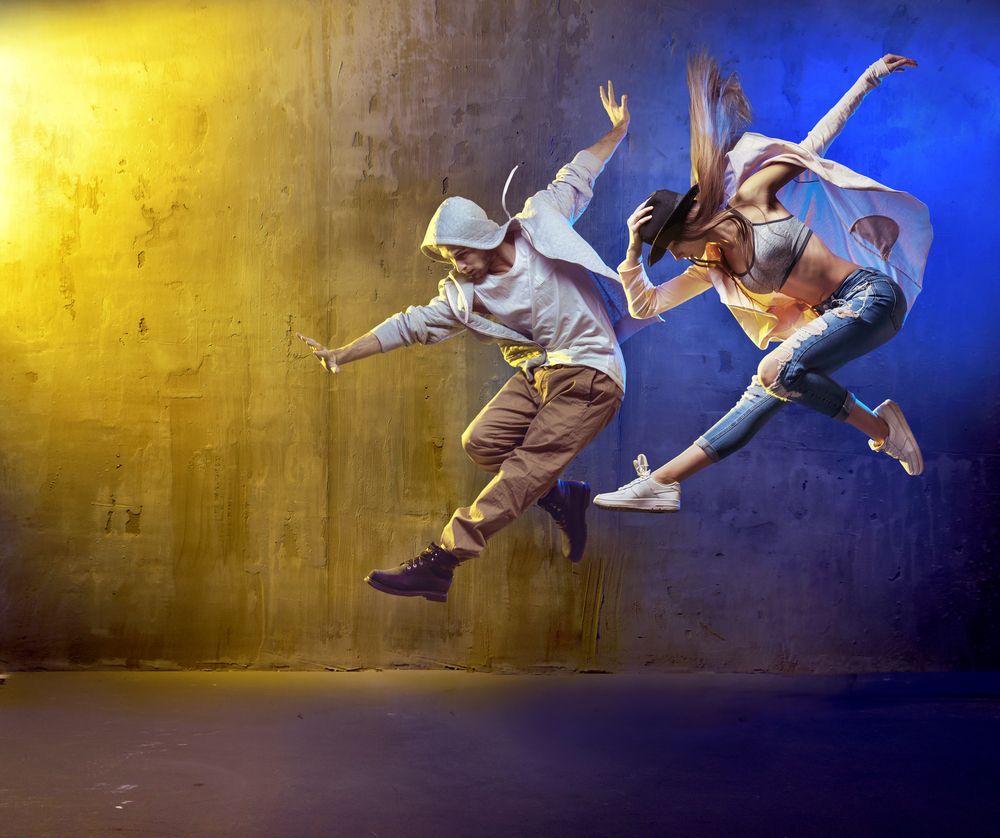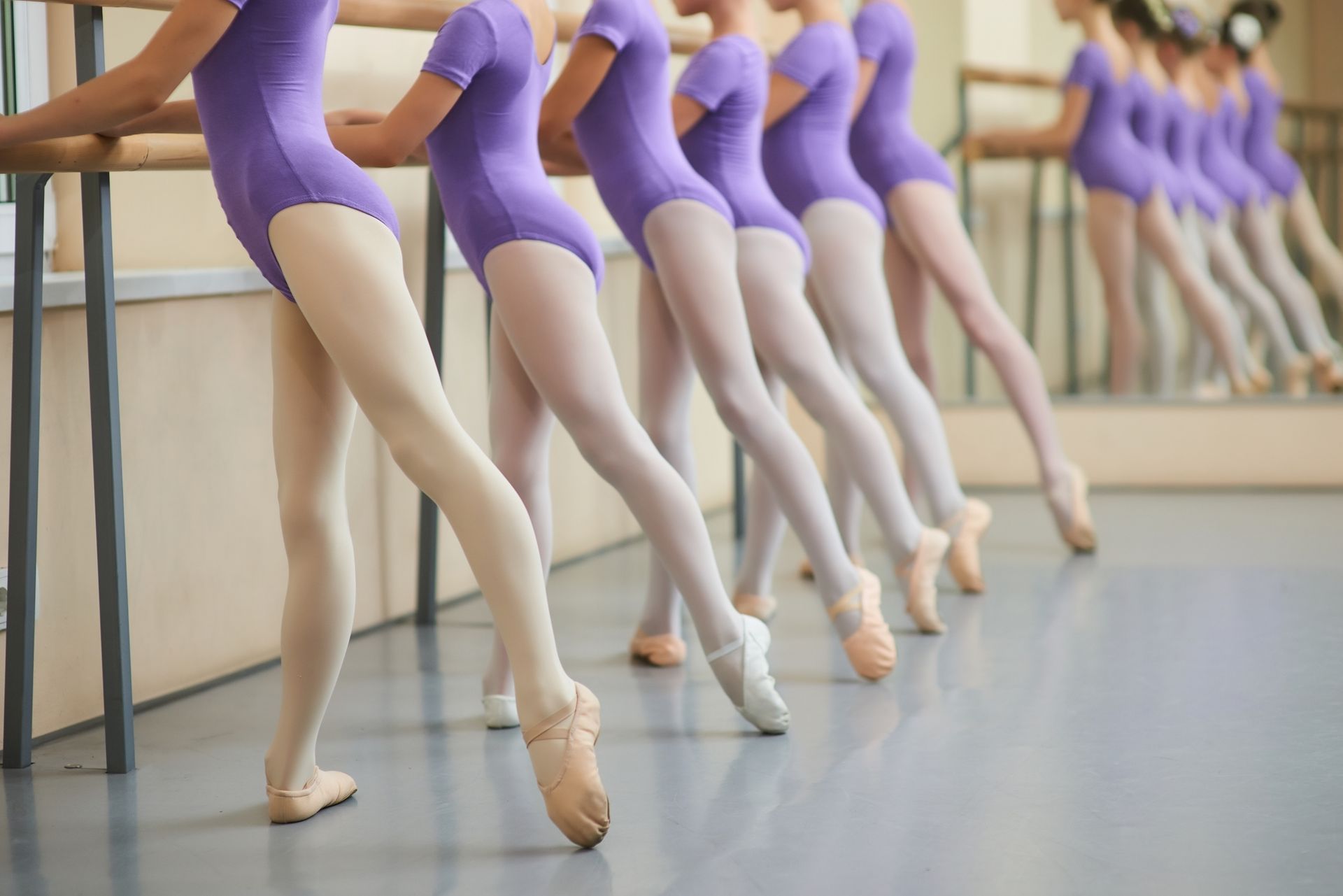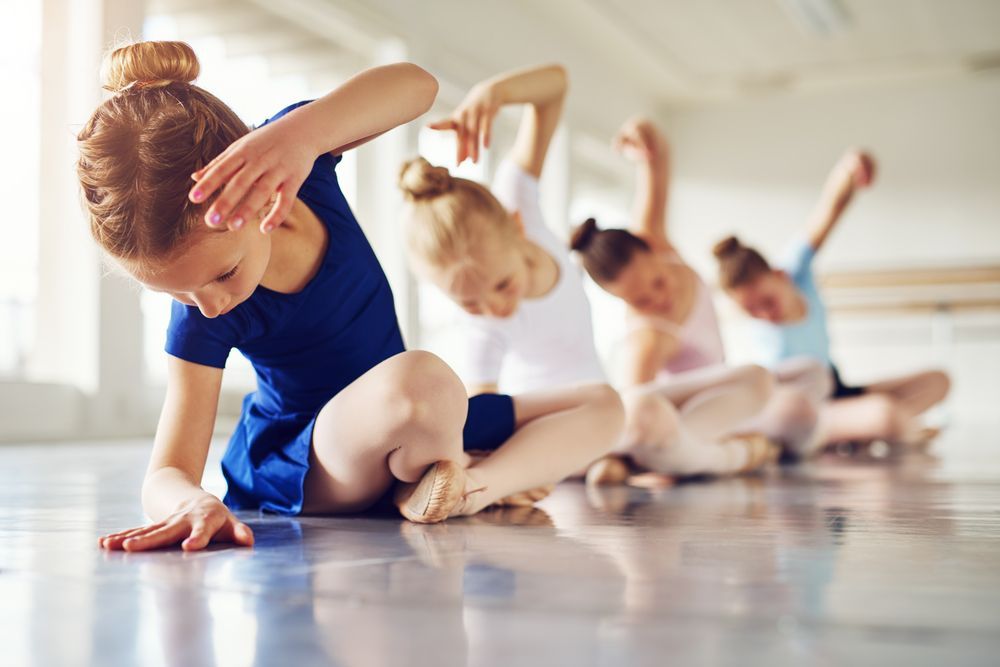The History of Ballet
At We’re Dancin’ we love all things dance: The choreography, the music, the costumes and even the history! Have you ever wondered how some of today’s most well-known dances came to be? One of our most sought-after dance classes is ballet and each year, young children from all backgrounds and experience levels join us to develop their ballet skills. When most people think about ballet they may think about the tutus, ballet shoes or a twirling ballerina, but there’s so much more to this iconic style of dance.
Join us as we take it back to the early days of ballet - before the image of a ballerina was known worldwide and people from all over sought to learn the moves.
The Beginning
What we know as ballet today actually originated from court dance steps popular in Italy during the Renaissance. Although this was not the ballet we know and love today with the tutus, pointe work and ballet slippers, it was viewed as a formal dance reserved for aristocratic weddings.
When Italian aristocrat Catherine de’ Medici - a lover of the arts - married Henry II, a French crown heir, she not only introduced the French nobles to ballet, but she also financially supported getting ballet off the ground in France. The French built upon the Italian ballet style creating something known as ballet de cour, which referred to ballets that were performed at courts. These ballets were more elaborate than the Italian origins and were often accompanied by music, poetry, speeches, decor, pageantry and costumes.
In the 17th century, during the reign of King Louis XIV, ballet was established as a prominent form of performance art, thanks in part to his passion for the dance. It was also around this time that a French choreographer standardized the five basic foot positions that serve as the foundation for ballet.
By the end of the 17th century, ballet was becoming known all throughout Europe in countries including Spain, Germany, Portugal and Poland. Ballet was no longer just for royal courts either. Ballet troupes formed and began touring cities throughout Europe. While the audiences were still wealthy aristocrats, ballet performances were now more accessible to people outside of the royal courts.
Growing Popularity
During the 18th century, the French people began developing ballet into a more dramatic art form, like opera. This development focused not only on refining the moves, but in becoming more deliberate with telling a narrative with each performance. Choreographers in 18th century France wanted their ballets to tell a story and evoke emotions from the audience.
Along with France, Venice also continued to be a hotspot for ballet development. Until the 20th century when Russia became the main source of influence, Venice was the dominant influence of ballet culture for southern and eastern Europe. It wasn’t long, however, before ballet spread from eastern to western Europe and began growing in popularity in countries like Hungary and soon Russia.
The 19th century was when the iconic ballerina became a recognizable part of ballet. Up until this point, you might be surprised to learn that male dancers were the dominant performers in dance recitals. The ballerina was the first female dancer that shifted the spotlight away from the male performers. In fact, in ballets that called for male roles, it wasn’t uncommon for a woman to be selected to portray the male character. The 19th century also saw many changes in ballet that have lasted through to modern times. For example, boxed toe ballet shoes were invented during this time to help dancers perform pointe work.
While Italy and France played key roles in developing the early forms of ballet, other countries eventually adopted the art form and further developed it. In the second half of the 19th century ballet had begun to lose some popularity in Paris and other eastern European cities, but it grew dramatically in popularity in Russia. The Russian ballets were also among the first performances where ballerinas wore the iconic tutus that are still commonly seen today.
Ballet Today
When ballet became popularized in America in the 20th century, choreographers were interested in making it more dramatic and artistic. At first, American ballet choreographers were very invested in performance themes, rather than actual narratives, and they wanted costumes that were more historically accurate rather than the traditional tutu.
In the 1960’s, ballet saw yet another boost in American culture thanks to an increase in funding and support. This time in history was largely driven by the people’s desires for liberty, freedom and expression so it’s no wonder that the art form of ballet reaped the benefits that came along with this.
Ballet performances also focused on a lot more elements than just the choreography and themes. For example, costume designers became more of an integral part of ballet recitals. Choreographers saw costumes as an untapped opportunity to support the storytelling and performances of ballets. The tutu was still regularly worn, but with some modifications that made it more simplified and easier for dancers to move in. Other details were introduced to costumes as well such as appliques, beadwork and embroidery.
Later, in the 1980’s, contemporary ballet began to take form. Contemporary ballet blended pop music with modern dance and ballet techniques. This style of ballet was a major shake up to the traditional ballet dances that were first popularized in America decades earlier. Contemporary ballet helped generate a lot more interest in ballet among young and new dancers and helped it grow in popularity outside of major cities.
Ballet has a long history that has spanned many countries, cultures and time periods. It’s exciting to introduce new dancers to this history-rich art form through our dance classes at We’re Dancin’. Many of our students have become interested in learning ballet because of all of the ways it appears throughout our culture in the form of tutus, ballet slippers, ballerinas and more. No matter your skill level, our classes are a great way to introduce children to ballet and begin developing their appreciation for this classic dance!
Original content created for We're Dancin' by Minieri & Company | © 2018-2024 Minieri & Company LLC. All Rights Reserved.





